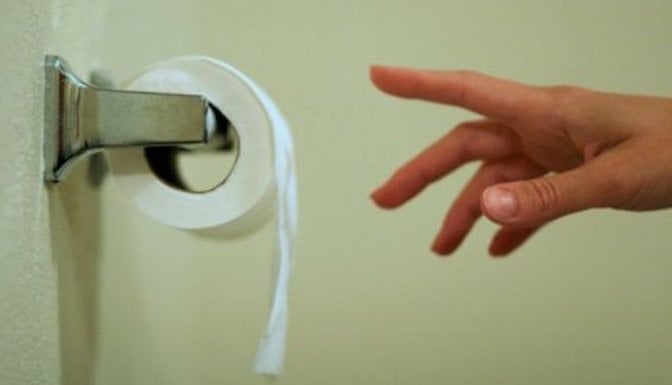
Image: ABC News. By Cathy Johnson and Jennifer King.
Unless you’re a parent of a young child, or a traveller in somewhere like Bali or India, poo tends not to be a topic of conversation.
But that can mean you miss out on some fabulously interesting – and pretty damn useful – toilet trivia. It might not enhance your dinner party chit chat, but there’s much you need to know about poo.
So fasten your seatbelt. Here are some key points on your journey of discovery.
1. Poo is mostly water
Poo might look solid (unless you’ve got a dose of the runs) but in fact your stools are up to 75 per cent water. And of the solid matter, around a third is actually dead bacteria. Another third or so is indigestible food matter (which includes the outside of corn kernels you see in there). The rest is cholesterol and fats, protein and inorganic substances like iron phosphate. These are all collected along the digestive tract from your mouth to your bottom.
2. Poo is like Christmas
No we’re not talking about the colloquial term for the effect your in-laws have on your mood when they arrive on Christmas Day. But poo does come from something red and green. Poo gets its brown colour from a chemical that gets released when red blood cells are broken down in our bodies. The chemical travels to the gut via bile, a green digestive fluid produced by the liver. But during the digestion process, bile mixes with what we have eaten, and it changes colour from green to brown as it is modified by bacteria as it travels to our colon.
3. Poo can be like a rainbow
What you eat can affect the colour of your stools, though. So can certain health conditions and medications. The end result can be green, pale yellow, grey, black, or maroon. A bright green poo can indicate a quick transition through the bowel where the bile has had no time to change to brown. This can happen if you have diarrhoea, for instance. Pale brown or yellowish poo may indicate you are producing too little in the way of bile salts. Persistent greyish white or very pale yellow poo can also indicate problems with organs like the liver.

